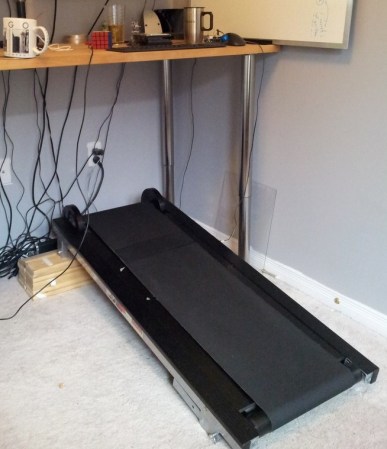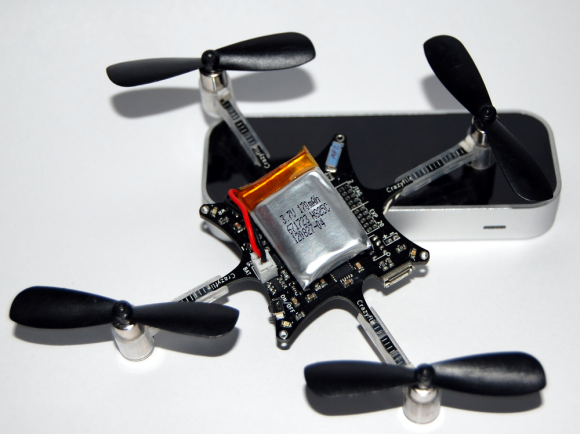
The old Fluke 8050a multimeter from the 80s is an awesome piece of lab equipment. It’s built like a tank, and thanks to the newer more portable models, this old meter is available for a pittance on eBay. [Ken] picked up a few of these meters and decided to give one of them a little upgrade – a 2.2″ 320×240 LCD display that is a vast improvement on the old stock seven-segment numerical display.
Inside the Fluke 8050a is a 40-pin DIP processor that handles all the computations inside the unit. [Ken]’s solution to tap into this processor was to take a 40-pin PIC microcontroller, bend some of the pins backwards, and use the remaining pins to drive the new LCD display. It’s actually somewhat brilliant in its simplicity and looks really cool to boot.
The rest of the circuitry consists of a level converter and a few wires going directly to the LCD display. [Ken] already has another Fluke 8050a on the bench waiting for a facelift and some plans for a few improvements that include a bar graph, histogram, and possibly even a touch display.
















